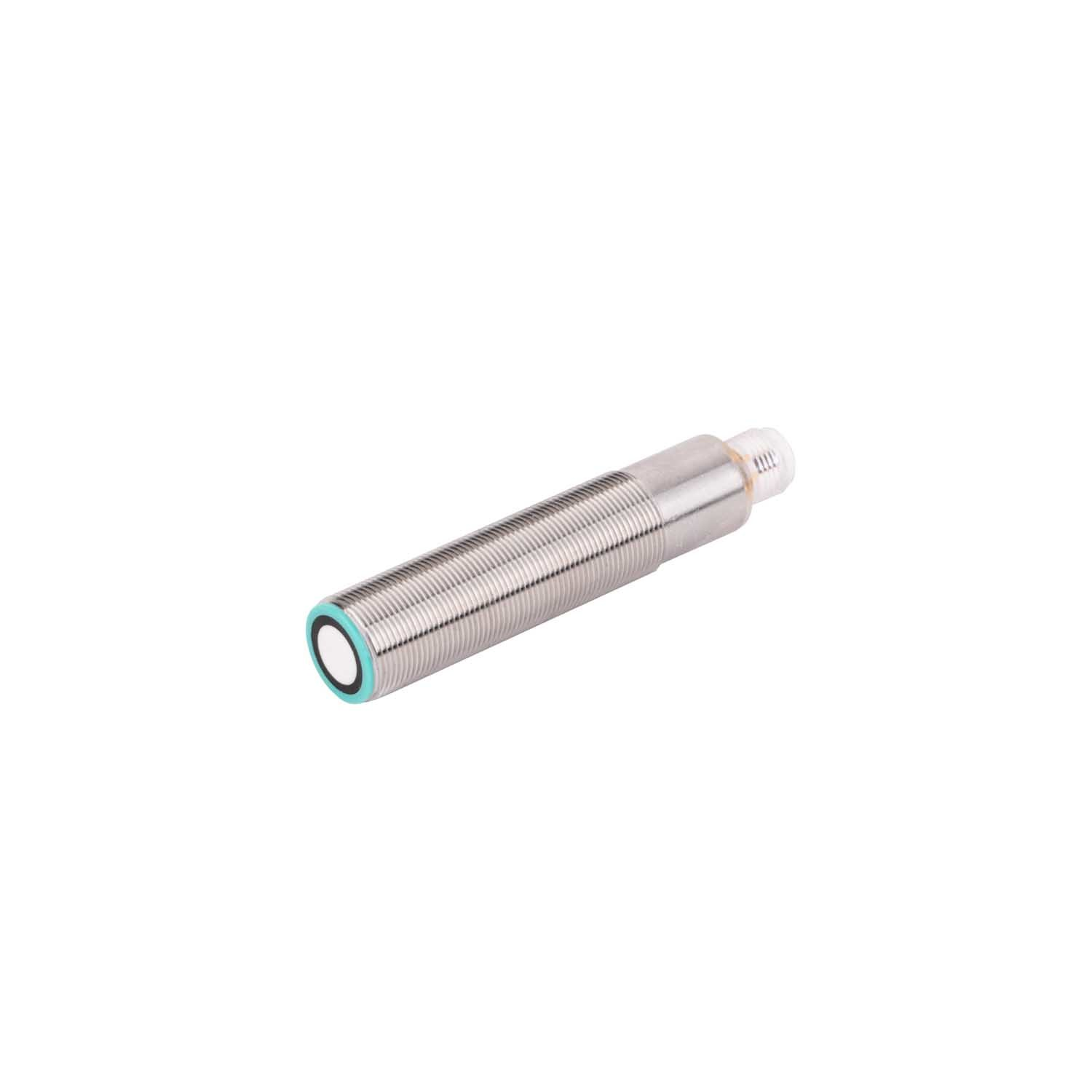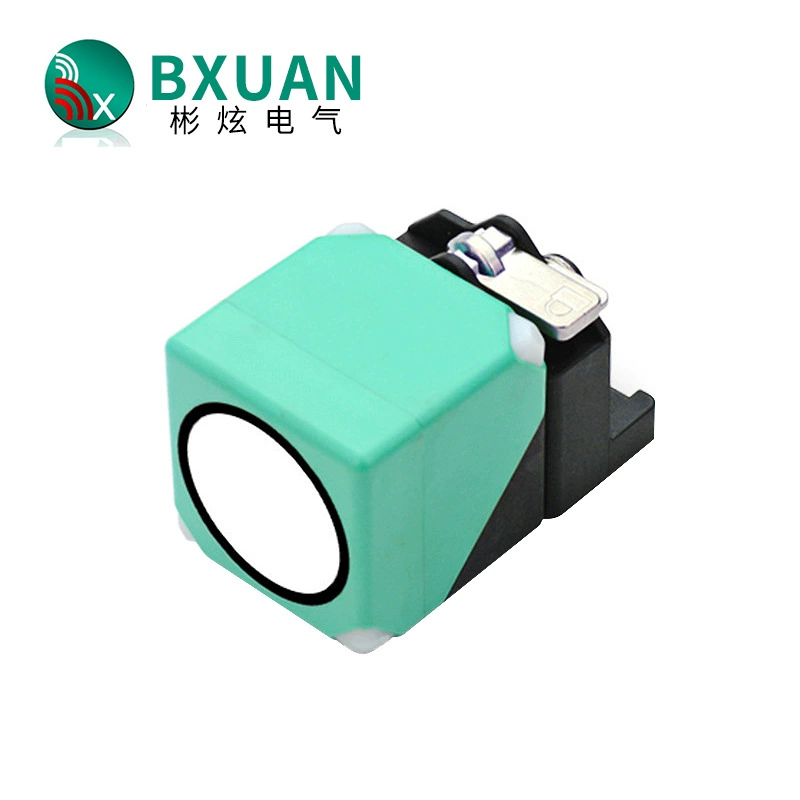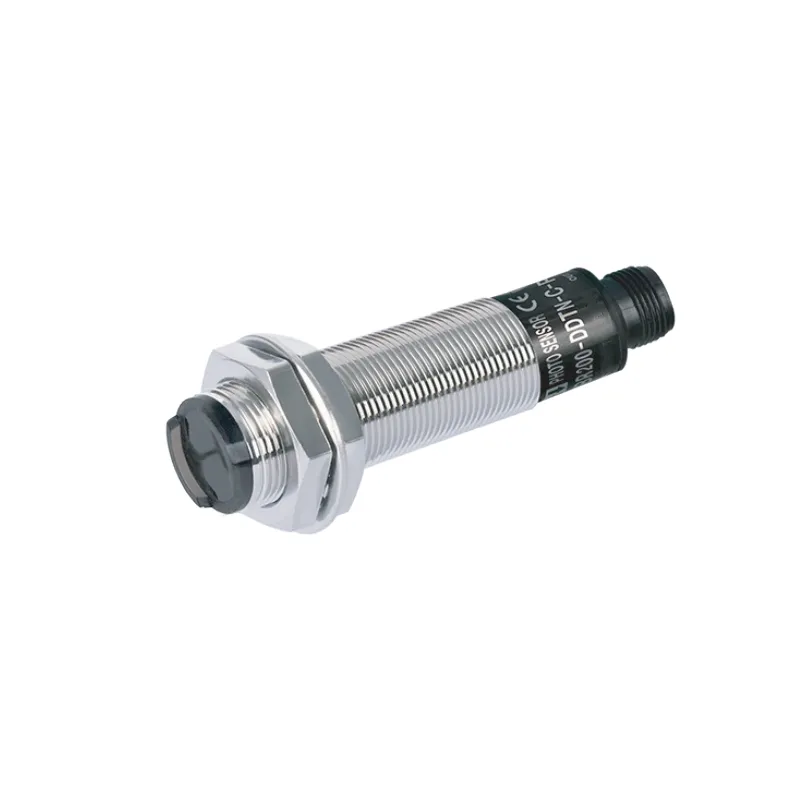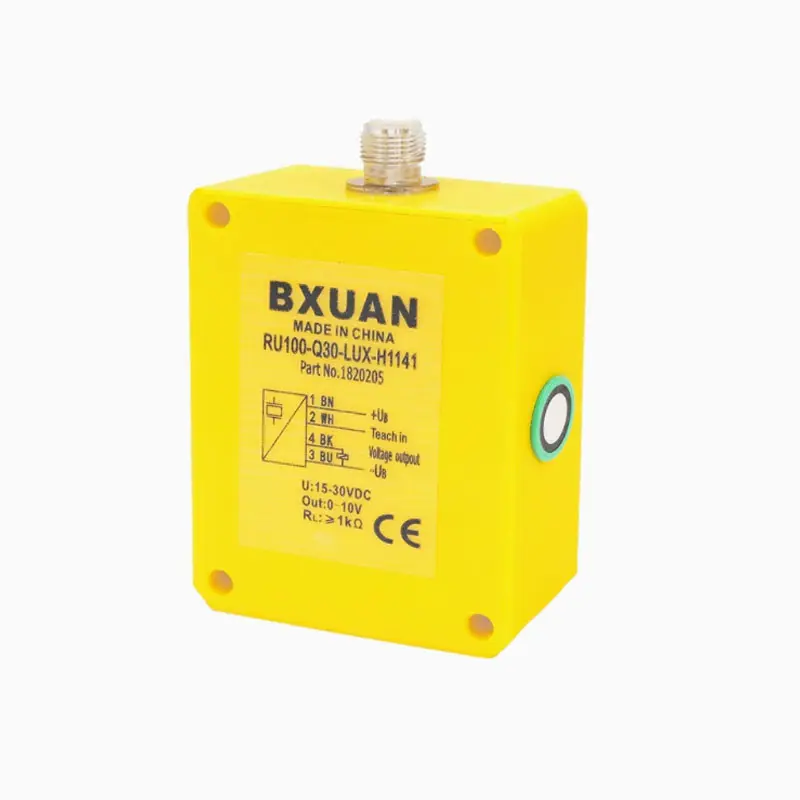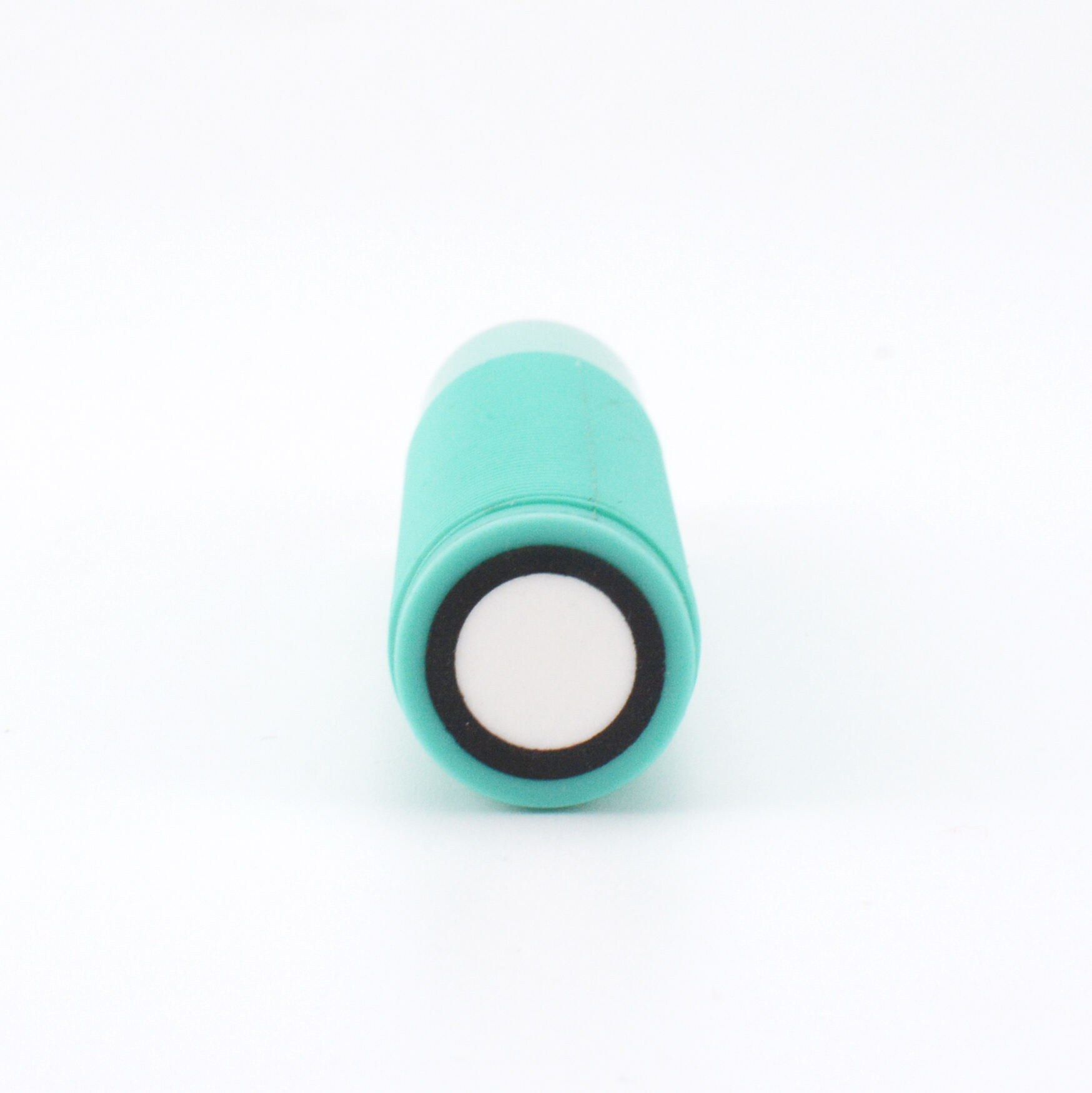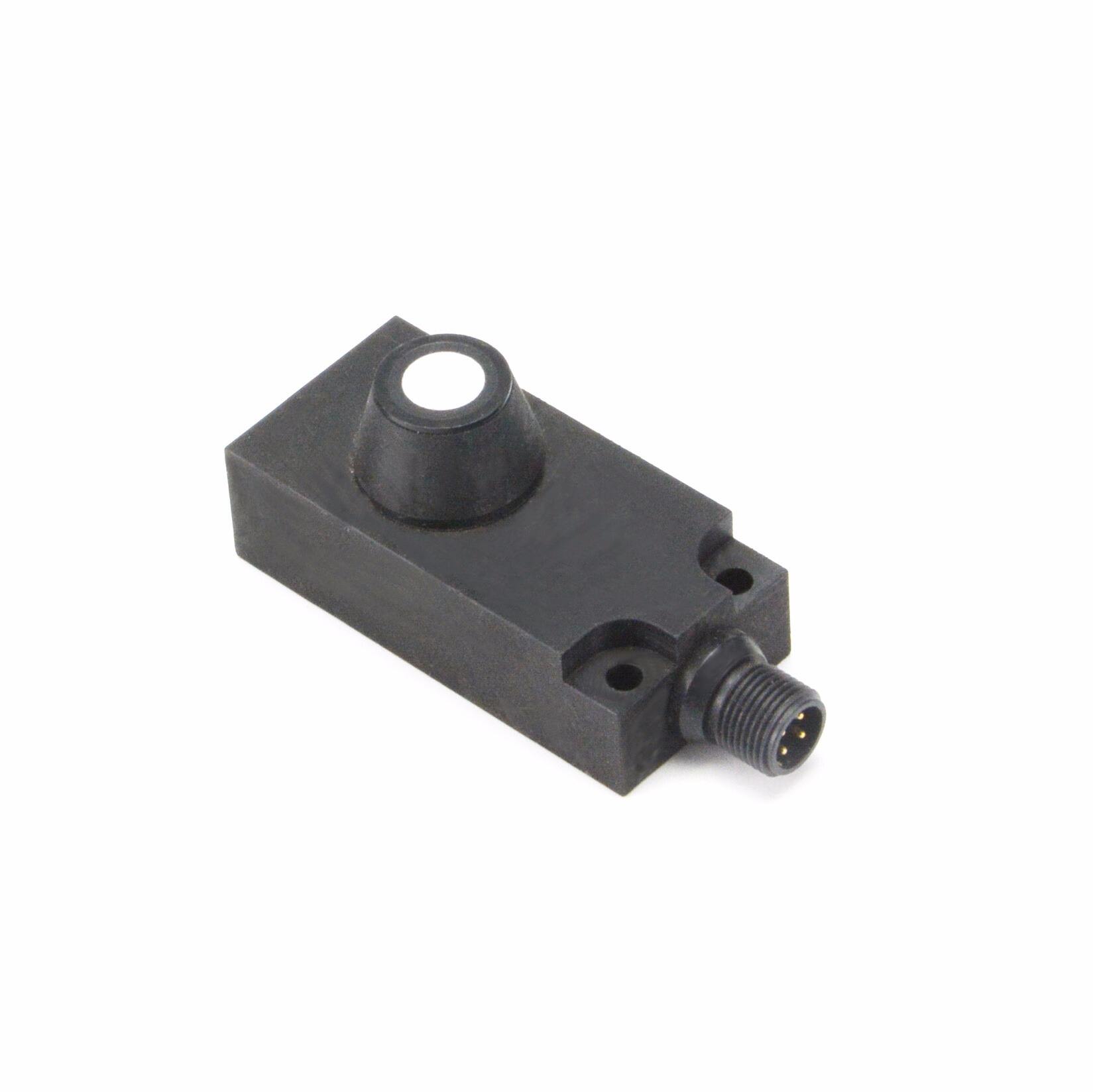ауыл шаруашылығындағы ультрадыбыстық сенсор
Ауыл шаруашылығындағы ультрадыбыстық сенсорлар заманауи шаруашылық жүргізу тәжірибесіне революциялық өзгерістер енгізген инновациялық технологиялық жетістік болып табылады. Бұл күрделі құрылғылар жоғары жиілікті дыбыс толқындарын шығарып, объектіге соғылып, кері қайтқанға дейінгі уақытты өлшеу арқылы жұмыс істейді. Ауыл шаруашылығында ультрадыбыстық сенсорлар өсімдіктің биіктігін дәл өлшеу, будың биіктігін басқару және өнімділікті бақылау сияқты бірнеше маңызды функцияларды атқарады. Бұл технология шаруашыларға пестицидтер мен тыңайтқыштарды біркелкі тарату үшін будың өсімдіктерден оптималды қашықтықта болуын қамтамасыз етуге мүмкіндік береді. Осы сенсорлар нақты аймақтық қолданыста, яғни нақты уақыт режиміндегі өлшемдерге негізделе отырып, будың биіктігін автоматты түрде реттеуге мүмкіндік беретіндіктен, ерекше маңызды. Ауыл шаруашылығындағы ультрадыбыстық сенсорлардың берік конструкциясы оларды шайқалы ауыл шаруашылық жағдайларына лайықтайды, себебі олар шаңды ортада және температураның әртүрлі өзгерістерінде тиімді жұмыс істей алады. Жарық жағдайларына тәуелсіз сенімді өлшемдер алу мүмкіндігі оларды көптеген қолданыстарда оптикалық сенсорларға қарағанда тиімдірек етеді. Ауыл шаруашылығында қолданылатын заманауи ультрадыбыстық сенсорларда, әдетте, ауа-райына төзімді корпус, сандық сигналдарды өңдеу мүмкіндігі және дәлдікті арттыру үшін интеграцияланған температуралық компенсация жүйелері бар. Оларды бар ауыл шаруашылық жабдықтарымен және нақты ауыл шаруашылығы жүйелерімен оңай интеграциялауға болады және GPS пен карталау бағдарламаларымен үйлесімділігін қамтамасыз етеді. Бұл технология ресурстарды тиімді пайдалануға, қалдықтарды азайтуға және өсімдіктерді басқарудың жалпы тиімділігін арттыруға мүмкіндік беретіндіктен, нақты ауыл шаруашылығында маңызды құралға айналды.


